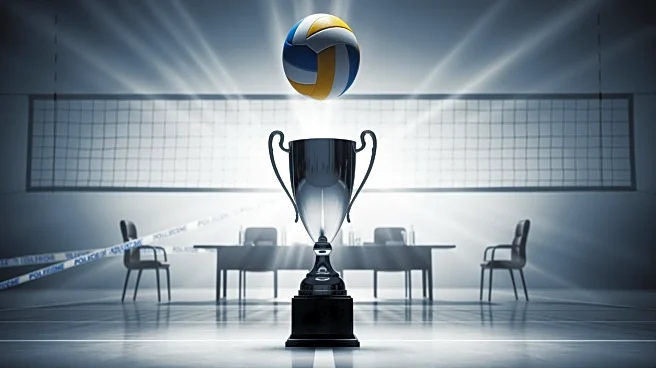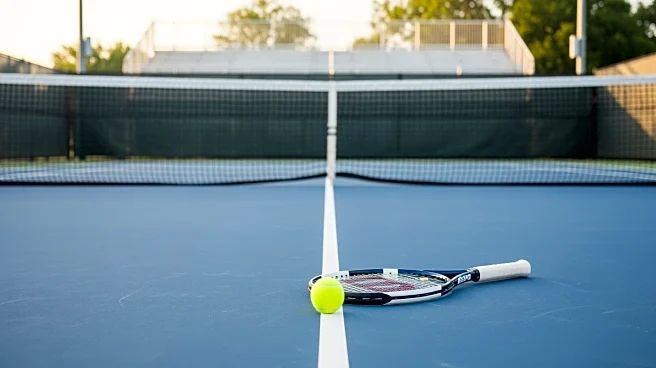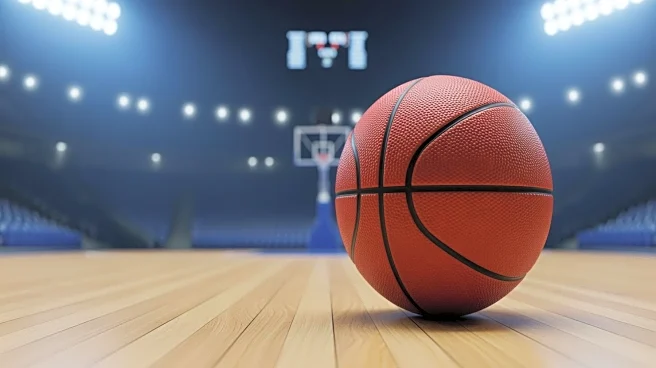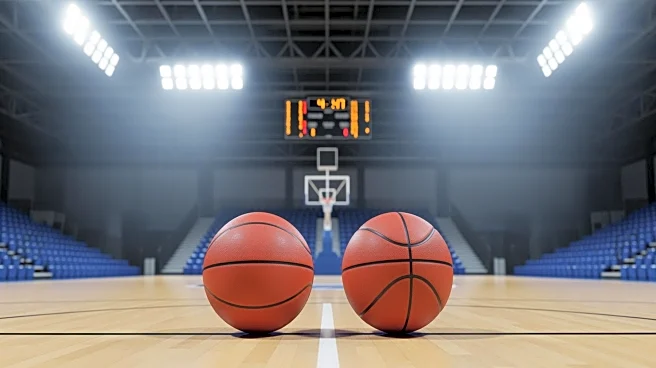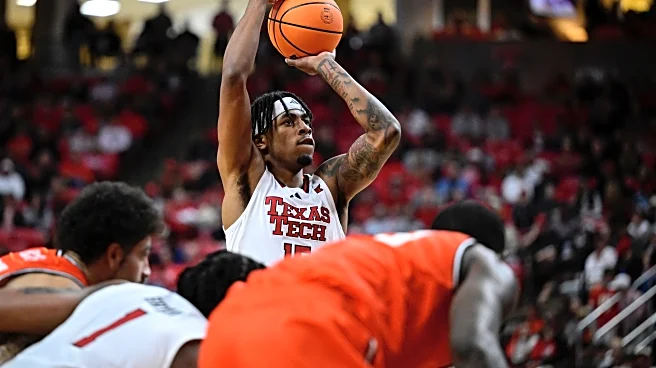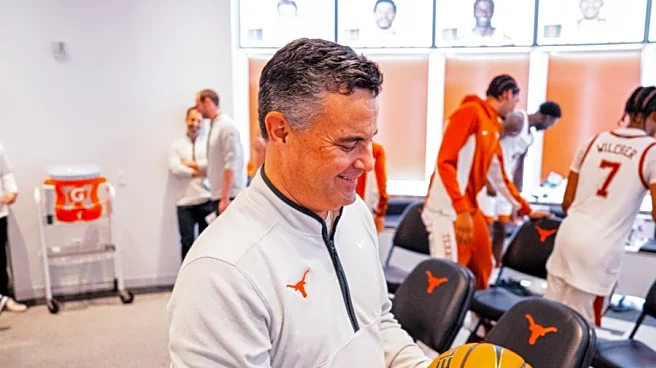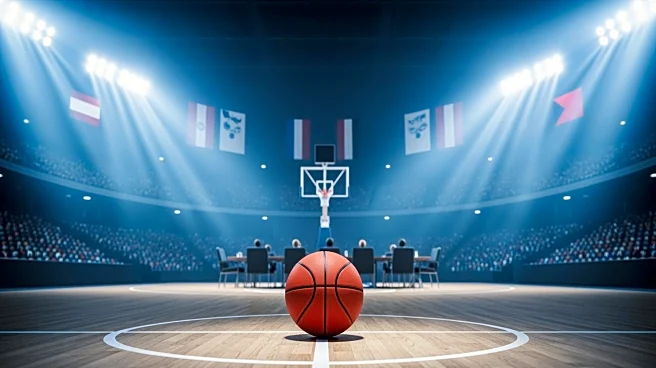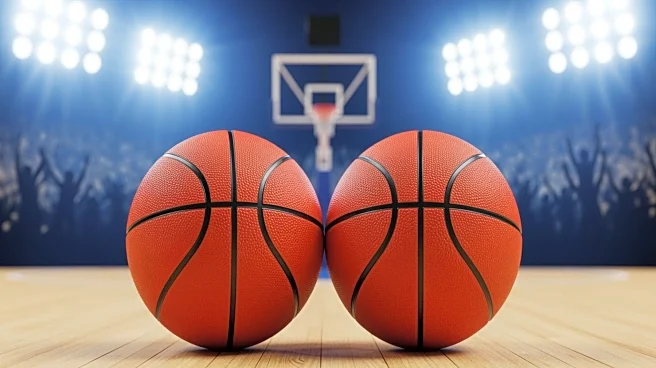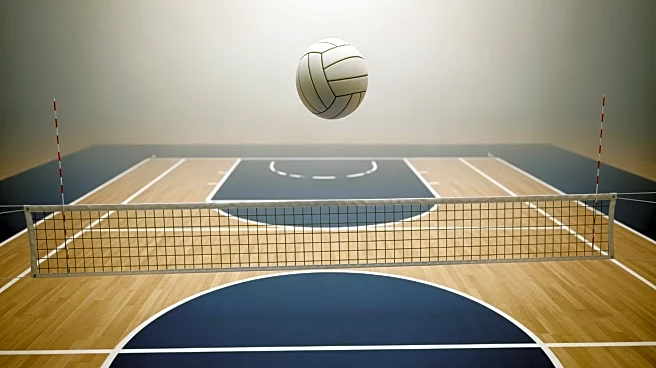What's Happening?
The Mission League in Southern California is experiencing a surge in talent due to the influx of transfer students across its teams, excluding Harvard-Westlake. Notable transfers include Brandon McCoy from St. John Bosco to Sierra Canyon, Cherif Millogo
to St. Francis, and Sam Mbingazo returning to Bishop Alemany. This influx is expected to heighten the league's competitiveness, with multiple teams potentially achieving top rankings in Southern California. Harvard-Westlake remains a strong contender with returning players like Joe Sterling, a Texas commit, and senior center Dominique Bentho. The league's depth is further enhanced by experienced coaches, including former Lakers star Derek Fisher at Crespi.
Why It's Important?
The increased talent pool in the Mission League could significantly impact the landscape of high school basketball in Southern California. With the potential for multiple teams to win Southern Section titles, the league's prominence is set to rise. This development may attract more attention from college scouts and recruiters, offering greater opportunities for student-athletes. The competitive environment could also foster skill development and prepare players for collegiate and professional levels. Schools with strong basketball programs may see increased enrollment and community support, further enhancing their athletic departments.
What's Next?
As the season progresses, the league's teams will face off in January, showcasing their enhanced rosters. The performance of these teams could influence their placement in Southern Section divisions, affecting their chances of winning titles. Coaches and players will need to adapt to the heightened competition, potentially leading to strategic shifts and increased training intensity. The league's success may prompt other schools to invest in their basketball programs, seeking to replicate the Mission League's model of attracting top talent.
Beyond the Headlines
The influx of transfers raises questions about the ethics and implications of student-athlete mobility in high school sports. While beneficial for competitive balance, it may also lead to concerns about the stability of team rosters and the impact on local communities. The focus on athletic success could overshadow academic priorities, prompting discussions on the role of sports in education. Long-term, this trend might influence policies regarding transfers and eligibility, shaping the future of high school athletics.


